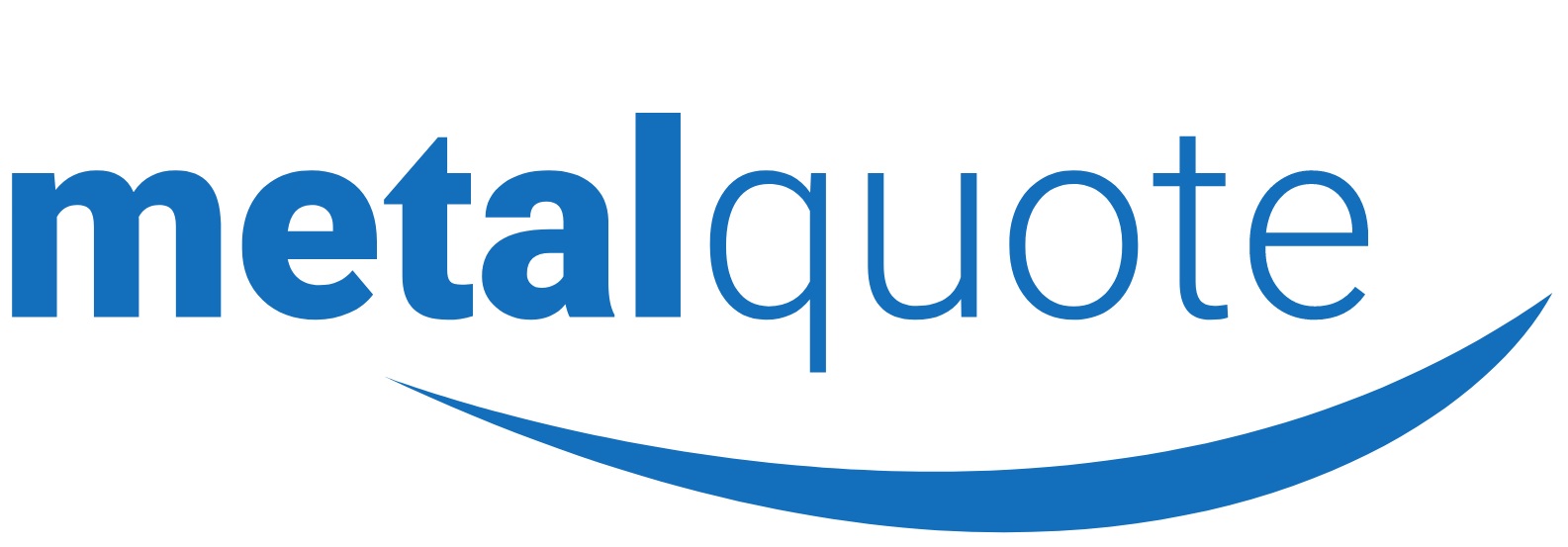Lead prices rose by 29.8% at its peak in 2017 but was outshone by sister-metal zinc and the electric vehicle (EV) rally – could 2018 could be the year lead finally takes prominence? INTL FCStone analysts predict that over the course of 2018 lead prices will hit $2,900 per tonne. The metal was last regularly trading at this level in 2007 and 2008 – meaning it would hit a 10-year high according to the forecast, much like zinc did in 2017. “We remain constructive on lead going into next year as this year’s shortfall, coupled with another expected deficit for next year, should keep trading ranges fairly high,” an INTL FCStone analyst said. The lead price started 2017 just above $2,000 per tonne and rallied to a high of $2,620.50 per tonne in October. Since then the metal has stabilized around $2,500 per tonne – but underlying fundamentals provide a good backdrop for it to push higher this year. With the most recent International Lead & Zinc Study Group (ILZSG) report noting that the deficit shortfall for the first 10 months of the year was 173,000 tonnes compared with a surplus in the same year-ago period and LME stocks falling, the price could be well supported to push higher as supply concerns loom. There is also a dominant position holder for lead warrants on the LME, with one entity holding 90-100% of warrant holdings cash and one entity holding 80-89% of warrant holdings tom/next, which could continue to support prices in the first part of 2018. Metal Bulletin understands that this year the LME will be considering a review of the lead specs which have not been updated in 10 years; this could mean purer lead on the exchange and in turn stronger demand – with lead still involved in renewable battery developments. “Despite sitting back from the EV rally after LME week, lead-acid batteries may still have a place in the story. It will take a long time for things to develop [in EVs] and lead could be one to watch next year,” an analyst said. Zinc’s prospects: The lead price began stand out from the rest of the complex this year when it was less affected by the early December sell-off which saw other prices plummet by 3-5%. But lead will have a battle on its hands to be at the forefront, with zinc showing potential to continue higher after its price rose 25% in 2017. “An inventory drawdown and resulting tightening of spreads is expected to drive zinc prices to average $3,600 per tonne during the second quarter of 2018,” Citibank’s research team said. A tightening market is expected to persist into 2018, according to Goldman Sachs analysis, which said: “Market remains physically tight as suggested by continued backwardation, low inventories, and depressed levels of concentrate treatment charges in China.” However, Citi analysts noted they expect 2018 to mark the peak in the zinc price cycle and, therefore, an anticipated weakening in zinc demand growth and strong supply growth in late 2018 and 2019. Nearly 40 labor contracts are due for renewal according to Barclays Capital analysts, involving production for more than 7 million tonnes of copper – the highest level since 2008. “Growing supply concerns surrounding the consistency of output across South America [can] draw the metal price higher,” John Meyer, analyst at SP Angel, said. “With a vast number of labor contracts up for renewal in the New Year, threats of strikes loom large for 2018 copper,” he added. Meyer added that the list of potential disruptions includes some of the world’s largest copper mines, with state-owned Codelco negotiating 19 contracts alone. Alongside this, Escondida, which had a 44-day strike in 2017, is set to hold its union talks in June, which could be of huge significance for the copper price. “Complicating things further, a new Chilean labor law prohibits a worsening in the terms of existing contracts and replacing workers during a strike,” Edward Meir of INTL FCStone said. “So all in all, despite the fact that 2018 will unlikely see the two biggest copper mines being offline (as was the case in 2017) there still remains a thicket of negoti ations to get through and still quite a large tonnage that could potentially be tied up,” he added. The three-month copper price climbed to a high of $7,177 per tonne in October 2017 – soaring an impressive 31.6% since the start of the year. Analysts predict the price could hit above $7,500 per tonne in 2018 – with INTL FCStone predicting a peak of $7,550 per tonne

